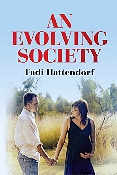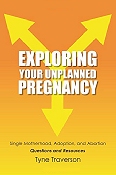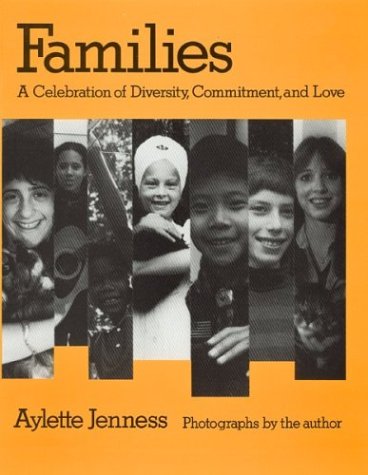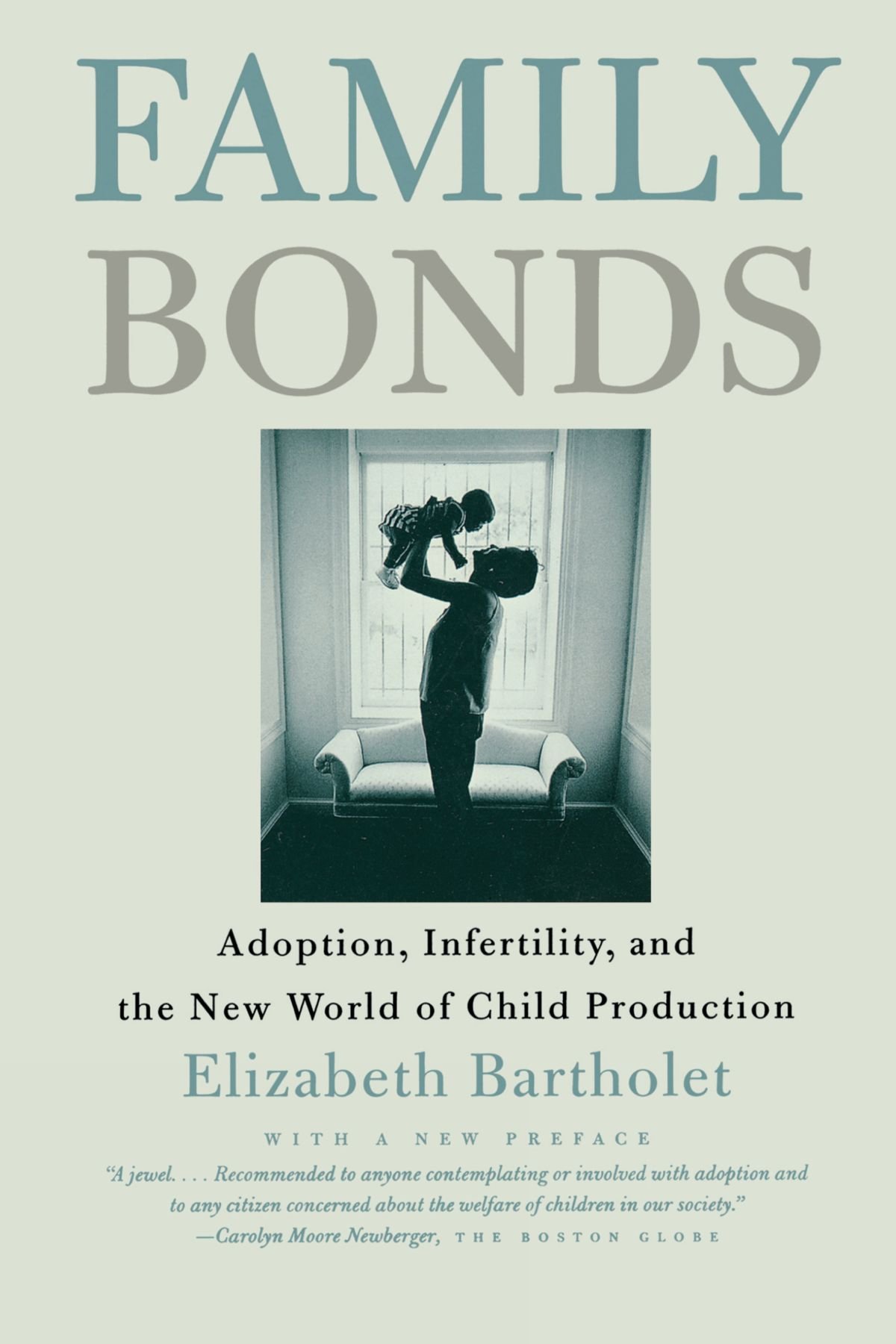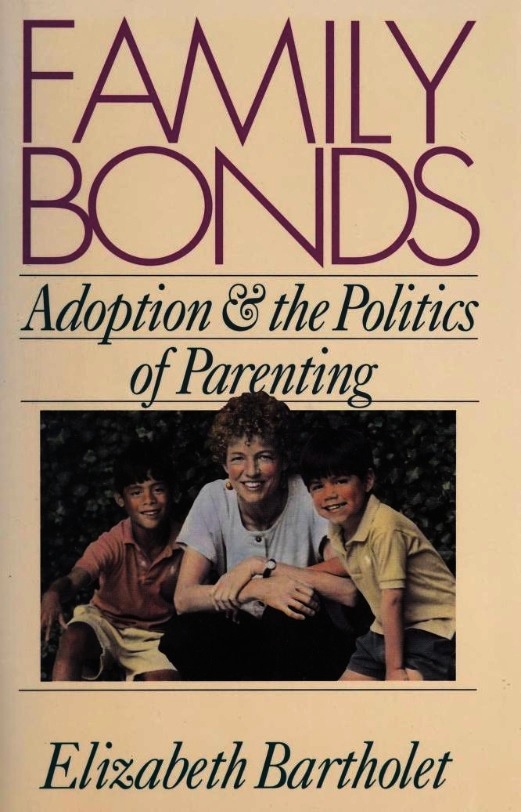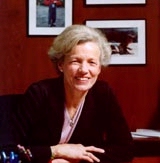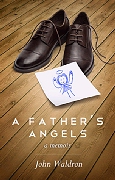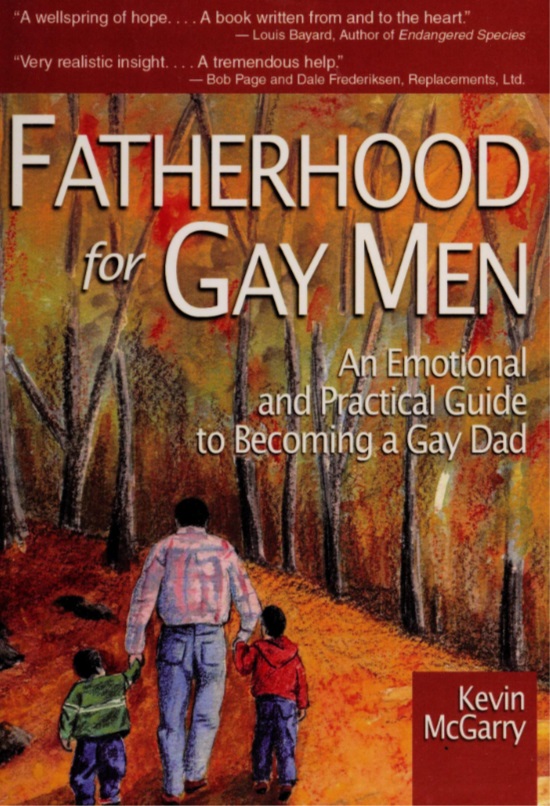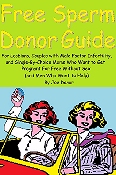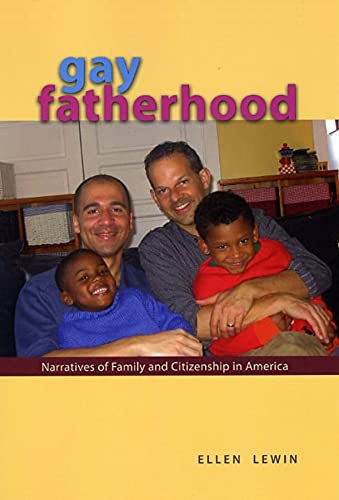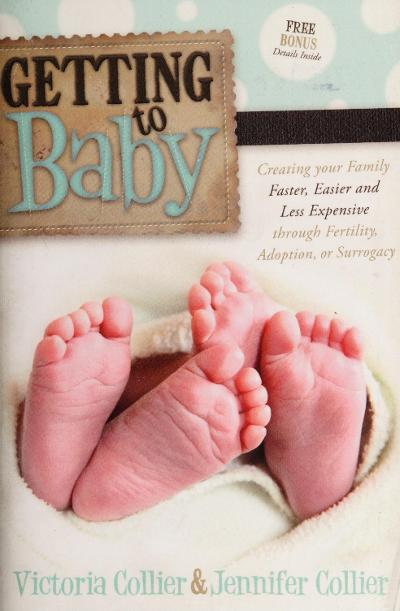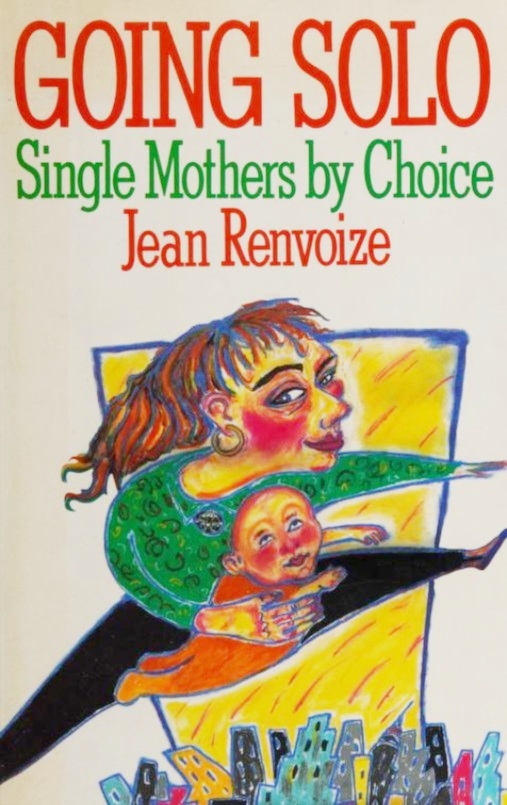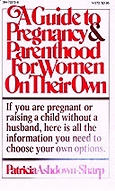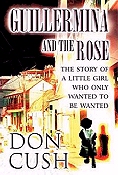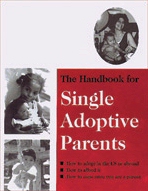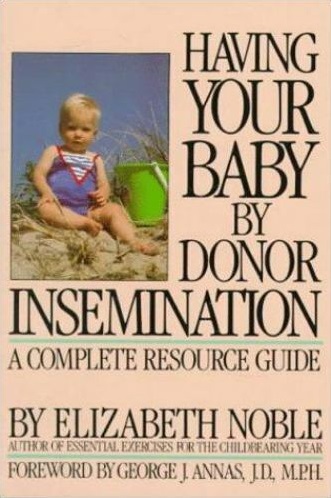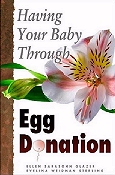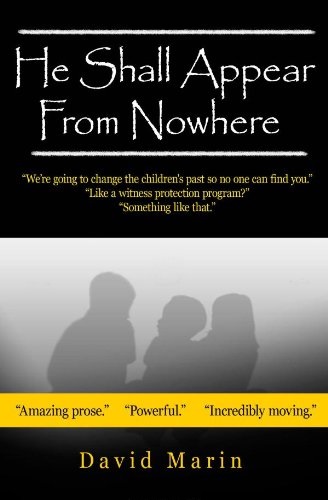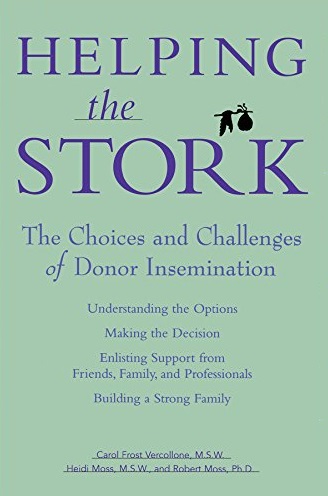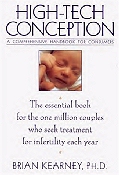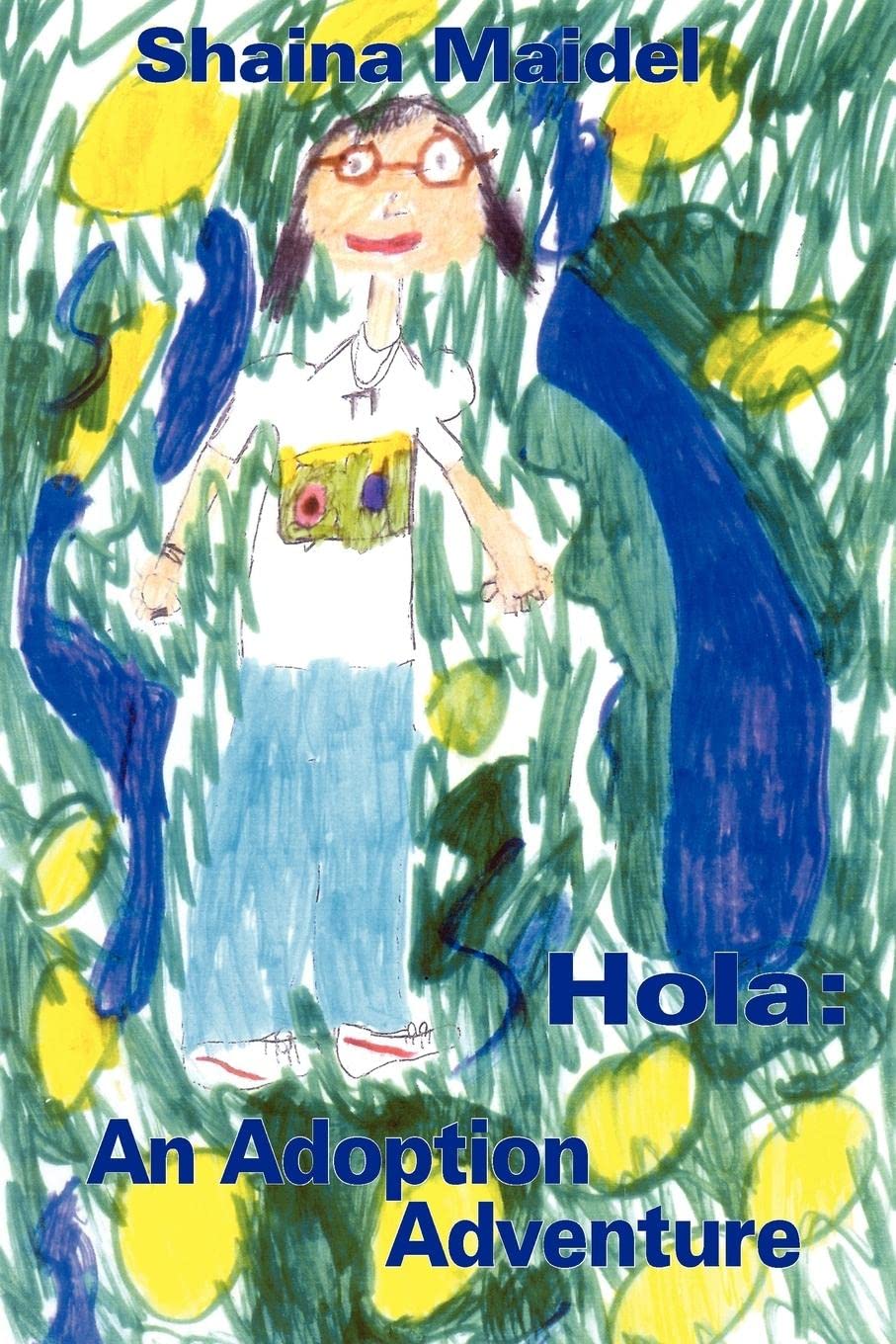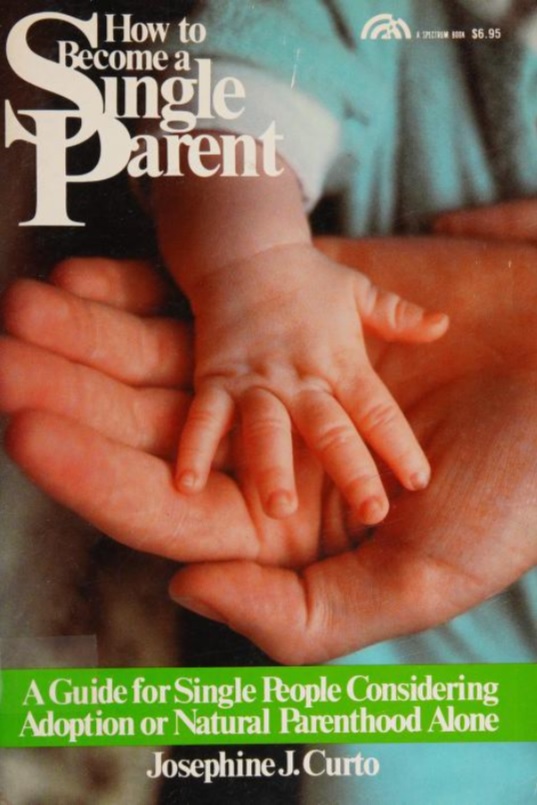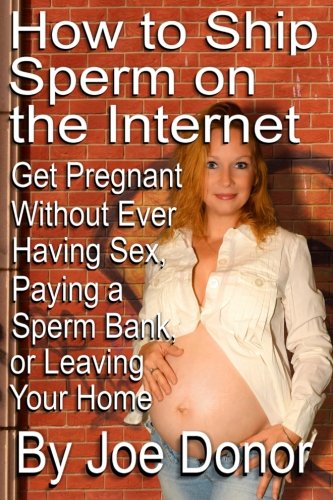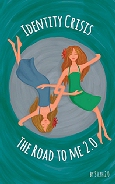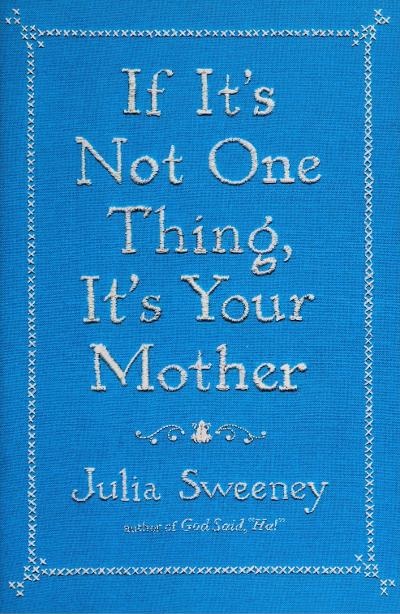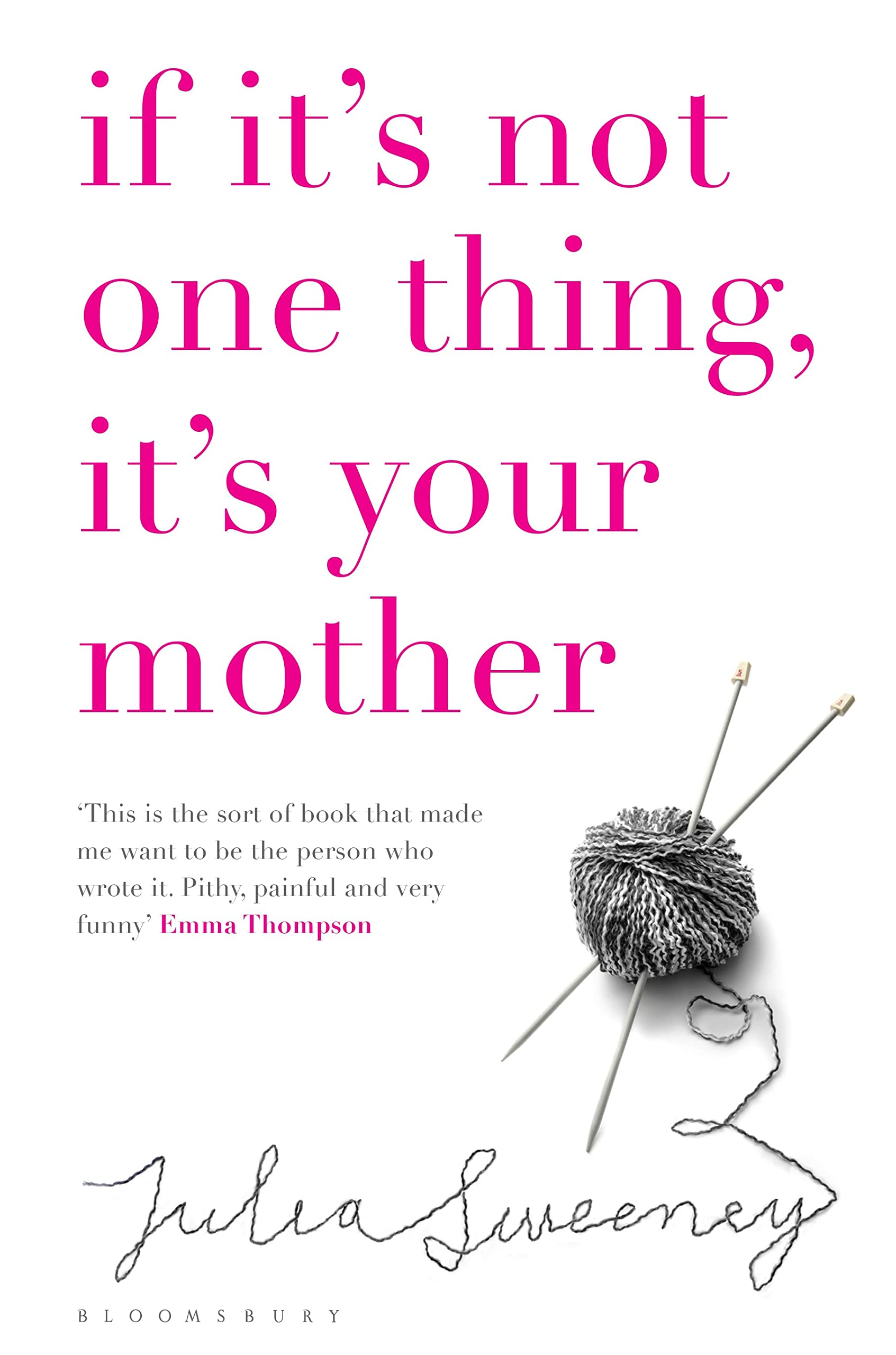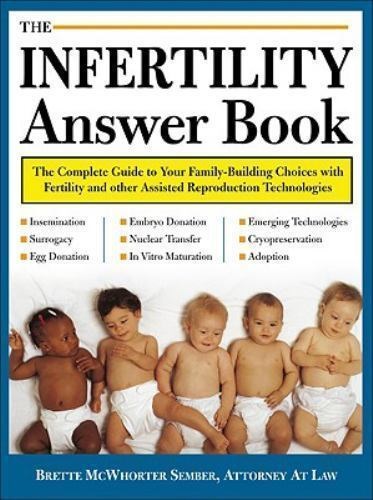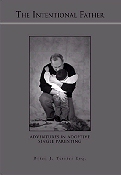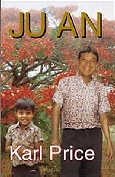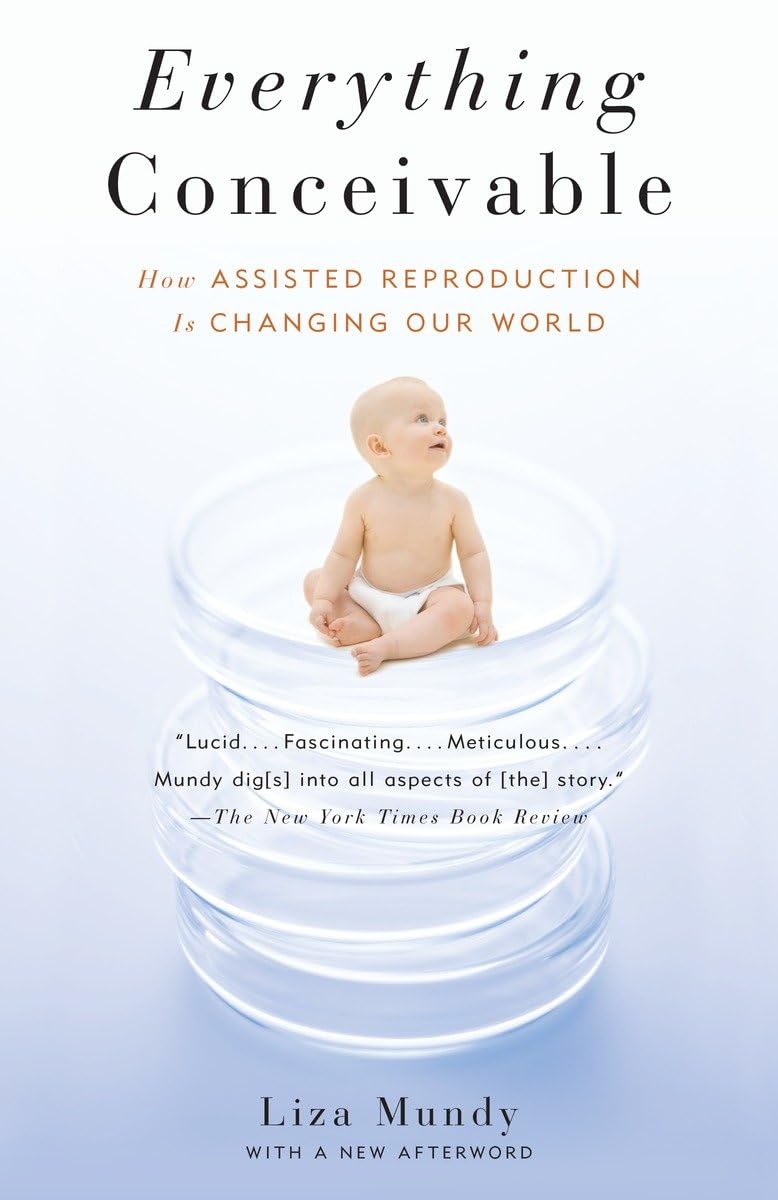 |
|
 |
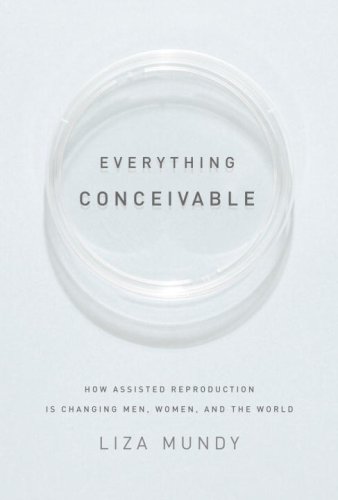 |
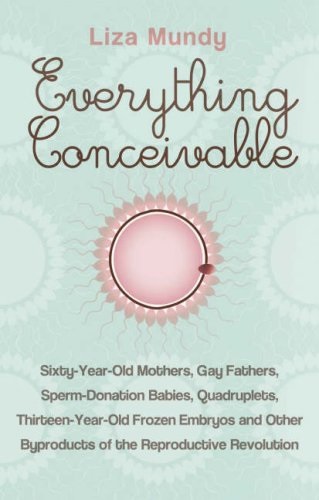 U.K. 1st Ed. |
Based on in-depth reporting from across the nation and around the world, using riveting anecdotal material from doctors, families, and children—many of them now adults—conceived through in vitro fertilization, Mundy looks at the phenomena created by assisted reproduction and their ramifications. Never before in the history of humankind has it been possible for a woman to give birth to an infant who is genetically unrelated to her. Never before has it been possible for a woman to be the genetic parent of children to whom she has not given birth. Never before has the issue of choice had such kaleidoscopic implications. If you support reproductive freedom, does that mean you support everything being offered in the reproductive marketplace? Thawing frozen embryos and letting them expire? Selecting the sex of your baby? Conceiving triplets and “reducing” the pregnancy down to twins? Everything Conceivable explores the personal impact on individuals using assisted reproduction to conceive, and the moral, ethical, and pragmatic decisions they make on their journey to parenthood. It looks at the vast social consequences: for hospital neonatal wards, for family structure, for schools, for our notion of genetic relatedness and whether it matters, for adoption, for our nation as a whole and how we think about the earliest human life-forms. The book explores questions of social justice: the ethics of buying or borrowing some part of the reproductive process, as with egg donation and surrogacy. It looks at entirely new family structures being created by families who have conceived using sperm donors, so that children may have half-siblings around the country with whom they are, or are not, in contact. And it looks toward the future, to the impact today’s technology may have on coming generations.
Fascinating, commanding, keenly observed and reported, rich in personal drama as well as in the science of evolution and reproduction, Liza Mundy’s Everything Conceivable is a groundbreaking consideration of the changes sweeping through our culture and the world.
About the Author: Liza Mundy was raised in Roanoke, Virginia, and received her A.B. degree from Princeton University and an M.A. at the University of Virginia, where she also taught. She is a feature writer at The Washington Post Magazine, where she has written articles and essays on family life, popular culture, the arts, and politics and was selected by Oliver Sacks for inclusion in The Best American Science Writing 2003. She has won awards from the Sunday Magazine Editors Association, among others. She has also written for Slate, Redbook, Washington City Paper, and Washington Monthly. She lives in Arlington, Virginia, with her husband and two children.
